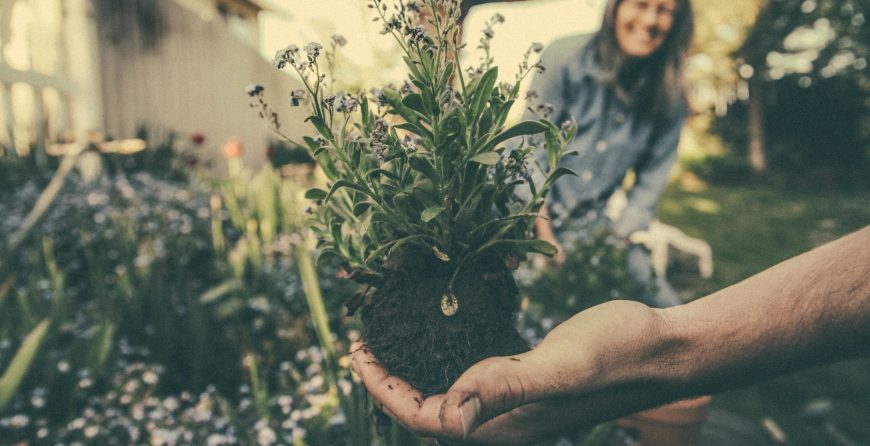In the state of Iowa and throughout the U.S., the need for community gardens is growing. With food poverty and the number of empty food banks on the rise, now is the perfect time to spread the word about community gardens.
https://mcgbiomarkers.com/9-steps-to-creating-a-community-garden/
If you’re trying to start a community garden in your area, here are 9 steps you can follow!
1.Spot the need
Do a quick search to see if there are any community gardens in your area. If you can’t find anything, the next step is to determine who your project is for. Your audience may be:
- Young people
- Older people
- Individuals with specific needs
- Anyone in the local area
Iowa is home to many local farmers’ markets and farming families. Speak to them and other groups to identify the needs they see in the area to help guide your project.
2.Choose a space
Cedar Rapids and the surrounding cities see a lot of construction and development. When selecting a space for your community garden, consider the following:
- Disused land
- School gardens
- Woodlands
- Unused council or social housing land
- Allotments
3.Plot the land
When picking a spot for your land, think about the resources you’ll need such as:
- Water access
- Electricity
- Storage space or a shed
- Access
- Lease length
4.Design the garden
What do you intend to grow? Flowers, organic vegetables, herbs? Think about the different sections your garden will need:
- Growing space
- Seating area
- Storage
- Wet weather space
- Composting toilet
- Wildlife garden
- Compost bins
5.Create a list
Most community gardens are created with donated tools, seeds, and gardening equipment. Create a list of everything you need so you have a clear picture of the donated goods to ask for.
6.Gather funds
Look for local committees and sponsors for your community garden project. Look into funding opportunities and grants appropriate for your project as well.
7.Aim to be self-sustaining
Think about how you can make your community garden a self-sustaining one. Will the attendees use all of the produce? Will spare produce be sold at farmers markets or in local farm to table programs? Can the plants be sold or turned into profitable items such as jams, preserves, and chutneys?
Consider renting space to local growers, offering services, and recruiting paying members to keep your local organic garden going.
8.Make some friends
Though it’s possible to pull off creating a community garden all by yourself, it’s a lot for one person to handle. Turn to your circle of friends and make new ones as you create and design your community garden.
The more people you get to know, the more connections you’ll make!
9.Spread the word
Don’t wait until everything is complete to spread the word! Start talking about your community garden from the beginning so people can rally behind you. Create posts, videos, flyers, and more!
When the time comes to start planting in your community garden, don’t forget to label everything, especially if you’re renting space to local growers. Have them use organic plant markers that are easier on the environment to mark what they’re planting. To stay fully organic, apply worm castings to the soil to support your plants during the growing process.


